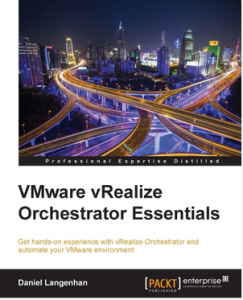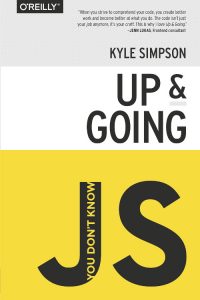So the last couple of months I have been fairly quiet on the blogging front, needing to spend much of my time upgrading my skill set.
As we go forward in the infrastructure the hypervisor, and its core development is becoming less of a factor in deciding what to run. With the rise of cloud and containerisation, we have seen a huge shift in focus over to the infrastructure supporting these technologies. Management, automation, and software defined are seeing their importance rise, and rise fast.
Where does this leave the likes of VMware? They are a hypervisor company after all. Well not anymore. Some bright sparks at VMware saw this coming and started to focus on cloud. Unfortunately, while VMware were very well placed to push their cloud offering, for various reasons it hasn’t done too well when compared to Azure and AWS. Fortunately, somebody at VMware decided that, to succeed, they needed to play nicely with all the other kids in the playground and with that came the rise of their updated software defined strategy and the vRealize suite; an encompassing suite of products purchased and developed by VMware to monitor, automate, manage, and secure your infrastructure.
I am pushing hard to teach myself the vRealize product suite and I’m really enjoying it. Above all what I really appreciate is the agnostic nature of these products. Yes, they are owned and developed by VMware but they are designed to work with all hypervisors and most infrastructure.
vRealize Orchestrator is what I am currently working through. It’s very impressive and to get a real handle on it you should really learn Javascript. Hence the reason for this post.
vRealize Orchestrator Essentials by Daniel Langenhan
As you would expect from an essentials book, it is written for people that have absolutely no prior experience with Orchestrator. The book is well written, easy to follow and takes you from understanding the architecture all the way through to some of the more advanced workflows and how to build and modify them, with a bit of Javascript thrown in for good measure. The author clearly knows his stuff and at no time do you feel like the author is making assumptions of your level of knowledge, with clear explanations though out. The book is designed to be read from beginning to end rather than as a reference, although having finished it I now dip in and out of it when I need to.
The book doesn’t pretend to be the definitive guide to Orchestrator, its purpose is to get you using it with confidence and give you a good grounding to find out more, if you want to. The author has also gone as far as to release an update in PDF to reflect the differences between the older version (which the book is written for) and the newer version. Truth be told not too much has changed.
I would strongly recommend this book if you are interested in getting into Orchestrator.
You don’t know JS – Up and Going by Kyle Simpson.
I was looking about for a javascript course to augment my knowledge in Orchestrator and to get to know another programming language. Most of the courses out there focus on the web side of Javascript and often require that you know CSS and HTML first. That’s fine but not what I want to use Javascript for.
I came across a Javascript course on pluralsight, that ticked all the boxes of what I wanted. The course follows the presenters first book, “You don’t know JS – UP and Going”, and its available on github for free. After going through the Pluralsight training I went on to Amazon and bought the book.
Kyle Simpson has many years of experience with JS and manages to explain the concepts in an easy to digest manner. He starts by using a very simple statement “a = b * 2;” and breaks it down. This was a great approach as he managed to impart a lot of knowledge right from the get go.
The book continues to build on those basic building blocks and take you up to writing your own code. I have almost finished the book and I am going to buy the rest of the series once I do.
As an IT professional you are constantly in a cycle of learning and investigating new technologies and emerging trends. Self study can be a bit tricky especially when you are time poor. Picking the right books can make all the difference and the two above will do just that.

